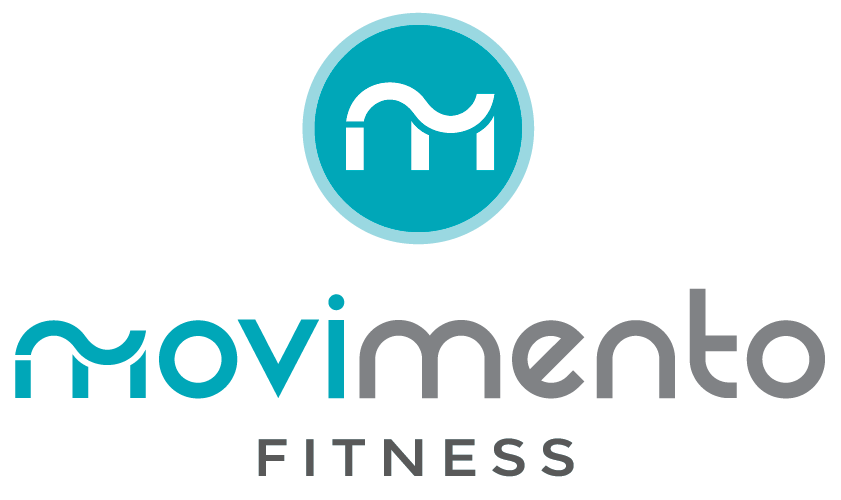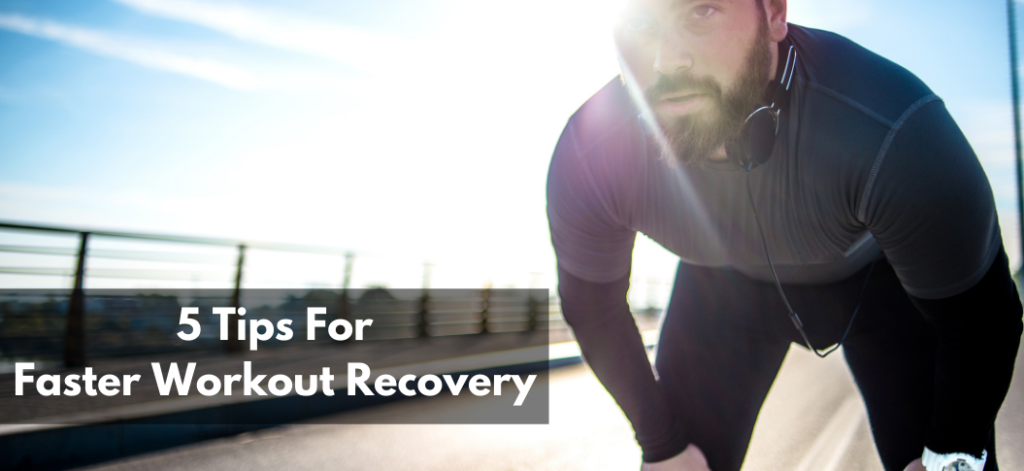Back in your 20’s and 30’s you may have been able to bust out workouts with max reps and be totally fine the next day. Maybe you could even max out for multiple days in a row with no fatigue. But now, in your 40’s, you may find recovery from a workout feels a bit different.
You may find that pushing yourself to the limits can put yourself on your butt for a few days if you don’t take care of yourself post-workout.
You work out to take care of your body, but that shouldn’t stop once you leave the gym. Here are 5 tips to recovering better after your workout, so you can be your best self when you hit the weights again.
1. Max Relax
Did you know that maxing yourself out every day can actually do more harm than good when it comes to lifting? Without proper rest, your body will overexert itself which can lead to worse workouts than you started with. Your body needs time to rest and repair.
To make sure your body has time to repair the muscles you’ve worked and built in the gym, make sure you’re doing the following:
- Take a rest day every 48-72 hours. Workouts back-to-back are okay, but make sure to have a recovery day in between
- Every 3-5 weeks, take a recovery week. That doesn’t mean you STOP working out. This means in recovery weeks, you still lift, but less weight. It’s all about consistency, not destroying your body.
- Sleep. The real version of max relax. When you sleep, your body goes into repair mode and will heal the muscles you pushed.
In our studio, members complete training sessions 2-4x per week to achieve that balance of growth and recovery. We’re here to set you up for success both in and out of the gym.
2. Warm-up and stretching
We’ve talked about this before, but it’s important to warm up your muscles before you start working them—it prevents injury and gets you in the right headspace to do your best lifting.
Check out our warmup video here!
Once you’ve done your weight training and your cardio, that’s the key time to bookend your workout with stretching. Foam rollers and tennis balls are great for this. They work and stretch your muscles out BEFORE they start getting stiff, which means you’ll have a greater range of motion in recovery.
Not sure how to work the foam roller or tennis ball to get maxim effect? Check out this chart to learn how:

3. Massage
Have you ever been so stiff after a workout, you think you’ll never move your muscles again? The muscle pain that occurs post-workout is known as delayed onset muscle soreness (DOMS). Symptoms can range from moderate (noticeable pain, soreness, or stiffness when moving) to severe (you cannot perform daily tasks due to muscle soreness or stiffness). These symptoms can occur 12-48 hours after a workout.
To help your muscles recover from soreness and to prevent stiffness to the point of atrophy, get a massage. It may feel even more painful during the appointment as your muscles are worked on, but trust us—your body will thank you in the long run.
4. Refuel (food and water)
Your body can do amazing things to heal itself—no help necessary. A little sleep here, a little massage there, and BANG, your body is recovered. That’s all you need right? In the short term, those two factors are great for recovery, but in order to fully replenish the tank after a workout, you need proteins and carbs. These nutrients will help rebuild and repair any muscle damage done during the workout.
Read More: 3 Comfort Foods with a Healthy Twist!
Not only do you need nutrient-dense food to keep you going and promote muscle recovery, but you also need water. This might seem obvious to you when you’re parched during your workout, but the H20 intake MUST continue after you’ve left the gym. Dehydration and lack of electrolytes is a huge factor in DOMS—your body needs that water to flush the nutrients through your system and to promote a faster metabolism.
5. Hit the (cold) shower
You know those dramatic sports movies that almost always feature the main character taking an ice bath post-game? There’s a good reason for that (beyond the drama).
While studies aren’t 100% conclusive on whether ice baths are directly linked to recovery, they certainly have benefits that can cause relief post-workout.
When you get into an ice bath, your blood vessels constrict. When you get out, the blood vessels dilate again, causing inflammation-causing toxins like lactic acid to flush away. The cold from the ice can reduce swelling and during the rewarming process, the re-circulation promotes healing.
You don’t need to necessarily need to go to the extreme of a full ice bath either. According to research, cold water baths are as good, and perhaps better, than ice baths.
The main thing to remember here is that it’s not really about what you do post-workout—it’s that you’re doing something at all. If you let your body sit and do nothing after a workout, your muscles will start to atrophy. If you are constantly moving and exerting your muscles, then they won’t have time to heal and rebuild.
Instead of thinking of rest as taking time off, think of it as taking time out for yourself so you can improve. Taking care of your body post-workout allows you to have a fresh place to start, so you can be at your best the next time you’re in the gym.



